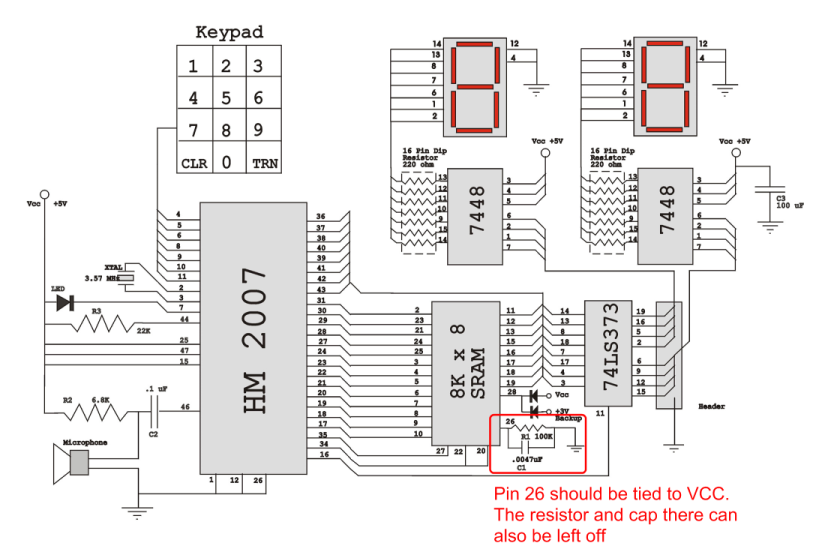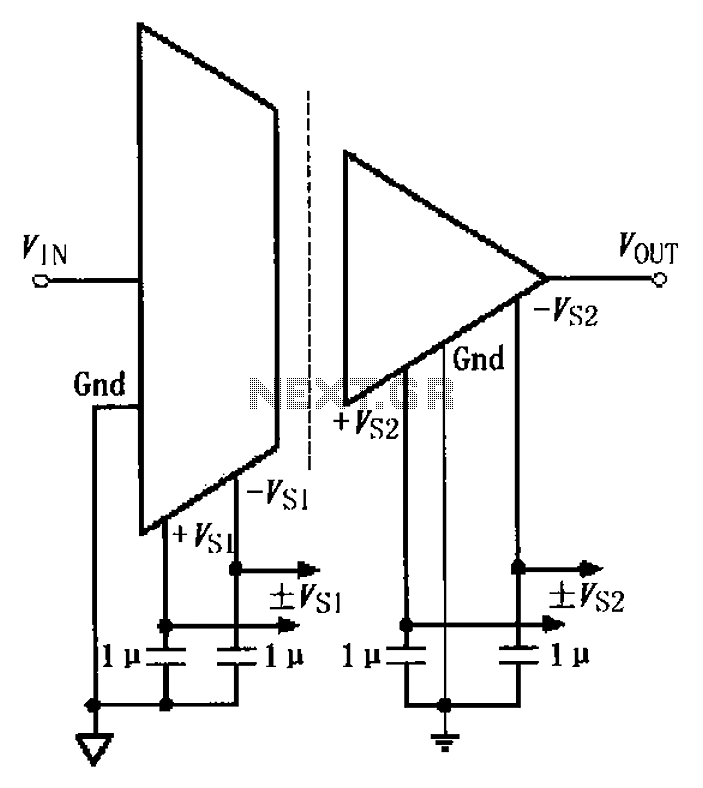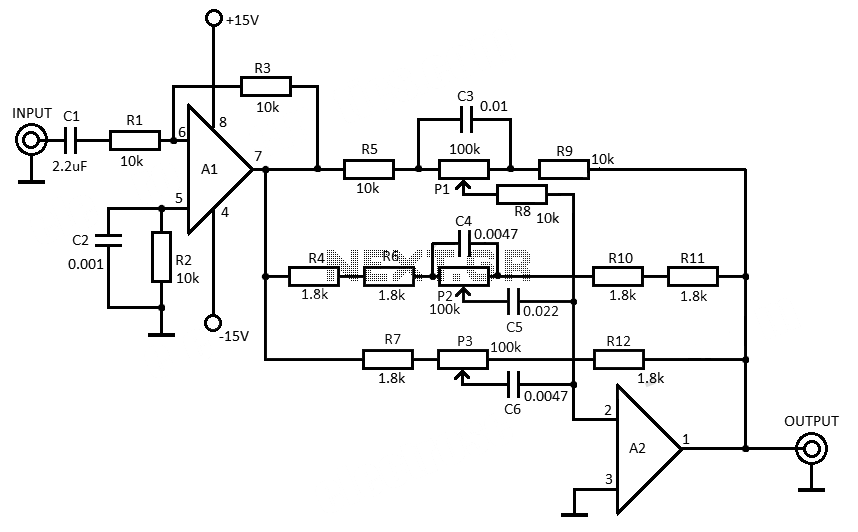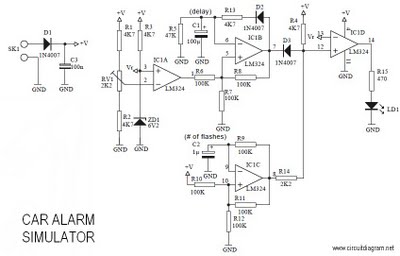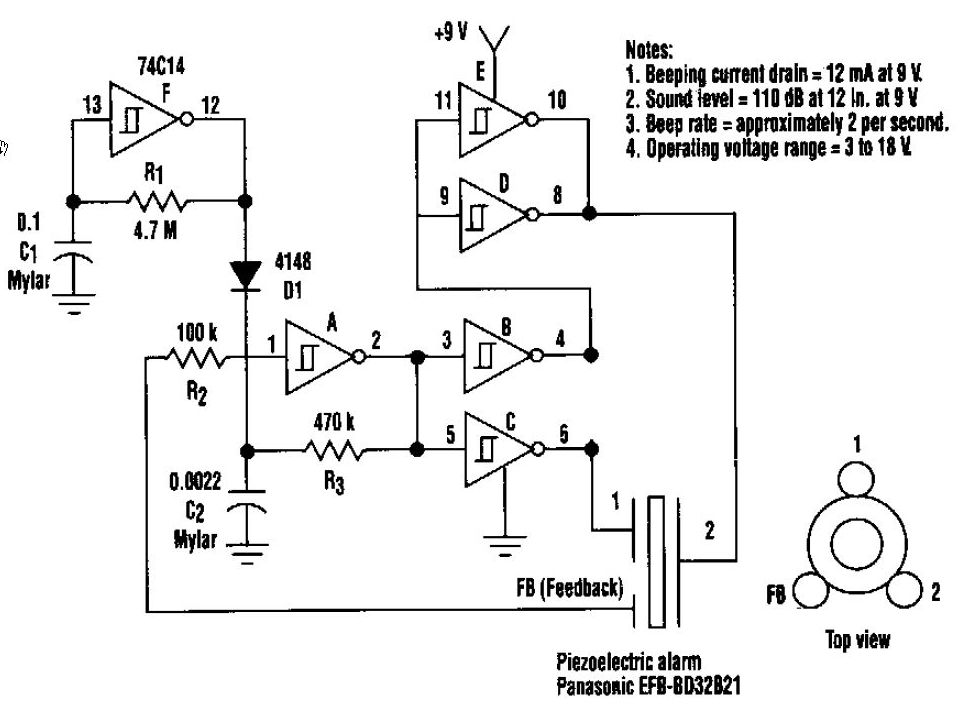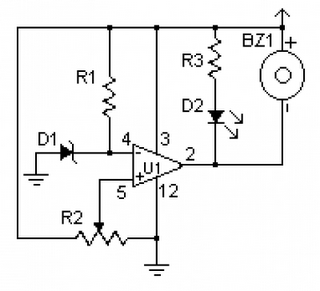
NE555 IC For Voltage Doubler Circuit
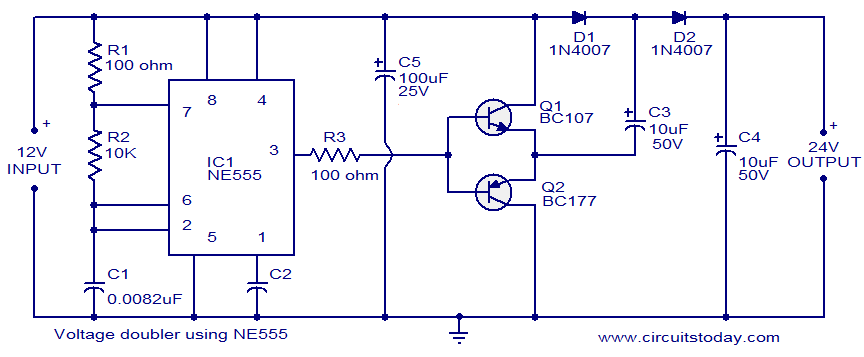
This circuit demonstrates a voltage doubler utilizing the NE555 timer. It is a straightforward project. The NE555 integrated circuit is configured as an astable multivibrator.
The NE555 timer is a versatile component commonly used in various electronic applications, including timing, pulse generation, and waveform generation. In this configuration as an astable multivibrator, the NE555 operates continuously in a cycle of charging and discharging, generating a square wave output.
To create a voltage doubler, the output from the astable multivibrator can be used to drive a rectifier circuit, typically composed of diodes and capacitors. The output square wave signal from the NE555 is applied to a diode, which allows current to flow in one direction, charging a capacitor. When the output goes low, the charged capacitor retains the voltage, and the next cycle of the square wave adds to this voltage, effectively doubling the output voltage.
The circuit typically consists of the NE555 timer connected with two resistors and a capacitor to set the frequency of oscillation. The output pin (pin 3) of the NE555 connects to the anode of the first diode, while the cathode connects to the first capacitor. The second diode is connected to the output of the first capacitor, allowing the second capacitor to charge to a higher voltage level.
For optimal performance, the values of the resistors and capacitors should be selected based on the desired output frequency and voltage levels. Additionally, the choice of diodes is crucial; they should have a low forward voltage drop to maximize efficiency.
The voltage doubler circuit using the NE555 timer is suitable for applications requiring a higher voltage from a lower voltage source, such as powering small electronic devices or charging capacitors in various circuits. Proper attention to component specifications and circuit layout will ensure reliable operation and performance.This following circuit shows a voltage doubler using NE555 timer. This is a simple project. The NE555 IC is wired as an astable mutivibrator .. 🔗 External reference
The NE555 timer is a versatile component commonly used in various electronic applications, including timing, pulse generation, and waveform generation. In this configuration as an astable multivibrator, the NE555 operates continuously in a cycle of charging and discharging, generating a square wave output.
To create a voltage doubler, the output from the astable multivibrator can be used to drive a rectifier circuit, typically composed of diodes and capacitors. The output square wave signal from the NE555 is applied to a diode, which allows current to flow in one direction, charging a capacitor. When the output goes low, the charged capacitor retains the voltage, and the next cycle of the square wave adds to this voltage, effectively doubling the output voltage.
The circuit typically consists of the NE555 timer connected with two resistors and a capacitor to set the frequency of oscillation. The output pin (pin 3) of the NE555 connects to the anode of the first diode, while the cathode connects to the first capacitor. The second diode is connected to the output of the first capacitor, allowing the second capacitor to charge to a higher voltage level.
For optimal performance, the values of the resistors and capacitors should be selected based on the desired output frequency and voltage levels. Additionally, the choice of diodes is crucial; they should have a low forward voltage drop to maximize efficiency.
The voltage doubler circuit using the NE555 timer is suitable for applications requiring a higher voltage from a lower voltage source, such as powering small electronic devices or charging capacitors in various circuits. Proper attention to component specifications and circuit layout will ensure reliable operation and performance.This following circuit shows a voltage doubler using NE555 timer. This is a simple project. The NE555 IC is wired as an astable mutivibrator .. 🔗 External reference
